Increasingly longer visits to the A&E department at Dr Gray’s Hospital in Elgin have been described as “scarcely believable”.
Figures published by NHS Grampian show that 1,180 patients spent more than four hours in the unit in 2018/19.
However, in the space of four years that had risen to 8,154 patients, an increase of 591%.
The statistics also show a staggering 137 were in the department for more than a day in 2022/23, compared with none in both 2018/19 and 2019/20.
The Scottish Government has a target of 95% of patients arriving at A&E either being discharged, admitted to a ward or transferred to another hospital.
Moray MP Douglas Ross has blamed the increasing time patients spend in the Elgin unit on the government’s “flimsy” NHS recovery plan.
NHS Grampian says Dr Gray’s currently meets the four-hour A&E target for 65% of patients and the average wait to be seen in the first instance is about 70 minutes.
However, they say there has been an increasing number of patients arriving at the door more severely ill requiring an “intense level of care”.
‘A&E waits are utterly disgraceful’
There are nationwide concerns about the length of time patients are spending in A&E departments.
This month the Press and Journal revealed as many as 17 ambulances were queued up outside Aberdeen Royal Infirmary with patients.
The speed and scale of the increase in A&E waits across the country, including at Dr Gray’s, has been described as “shocking” by the Royal College of Emergency Medicine.
Mr Ross said the Elgin figures obtained by the Scottish Conservatives through a freedom of information request were “ utterly disgraceful”.
He said: “Everyone has been well aware that waiting times at Dr Gray’s A&E have not been good enough, but these figures are scarcely believable.
“Let me be very clear, this is absolutely no fault of the hardworking and dedicated staff on the frontline at Dr Gray’s who continue to go above and beyond to treat patients as quickly as possible.
“We know these needless and excess delays – sometimes incredibly lasting over a day for suffering patients – can cause so much concern and distress.
“Michael Matheson (health secretary) must urgently address these figures and ensure patients do not continue to suffer extraordinarily long waits when they arrive at Dr Gray’s.”
Why visits to Dr Gray’s A&E are taking longer
NHS Grampian says the longer waits in A&E are partly due to higher numbers of severely ill patients occupying beds inside the hospital.
It means it slows down the ability to admit people who come through the door to wards or means they may have to wait to be transferred.
Alasdair Pattinson, general manager at Dr Gray’s, stressed patients were always triaged to ensure those facing life-threatening conditions are seen rapidly.
He said: “Our hospital is continuing to face sustained pressure. At times we are experiencing high numbers of attendances to our emergency department (ED) coupled with, for many, the severity and complexity of illness rising significantly over more recent years.
“We also notice a higher volume of patients presenting being acutely ill, requiring a more intense level of care and in many cases patients are staying in hospital for longer spells and therefore our hospital bed occupancy is very high.
“This at times, then impacts on our ability to move people through ED and into our ward beds, resulting in a number of patients spending longer in the department than we would ideally like to see.
Blood tests and scans
“A patient’s time in ED can also be extended as they await specific diagnostic test results, for example scans or blood tests.
“It’s important to stress that patients are always triaged and that those facing life-threatening and emergency situations – such as heart attacks or strokes – are being seen rapidly for life-saving treatment as an absolute priority and we continue to advise patients facing such situations to call 999.
“However, given the pressure we are currently facing at Dr Gray’s, it is also vital that the public make use of other means available to them for the type of care they need. The NHS Inform website and app, and symptom checker, is a very useful first port of call resource.”
Scottish Government: ‘A&E performance has to improve’
The Scottish Government says it has provided extra funding to NHS boards to expand hospital at home services to cope with the added pressures.
The system aims to provide short-term treatment in homes to avoid being admitted to wards and can include access to intravenous fluids and oxygen while allowing staff to monitor heart rates, breathing and other checks.
A Scottish Government spokesman said: “The heightened winter pressure being felt by our A&E departments is not unique to Scotland, with similar challenges being felt by EDs throughout the UK.
“However, we are clear that performance remains below the levels we all wish to see and we continue to work closely with boards to support delivery of sustained improvements.
“As we approach the peak winter period we are ensuring boards have the support they need to deal with increased pressure on services. Our winter plan is helping boards maximise capacity to meet demand and our £50 million investment will help support Scottish Ambulance Service recruitment.”
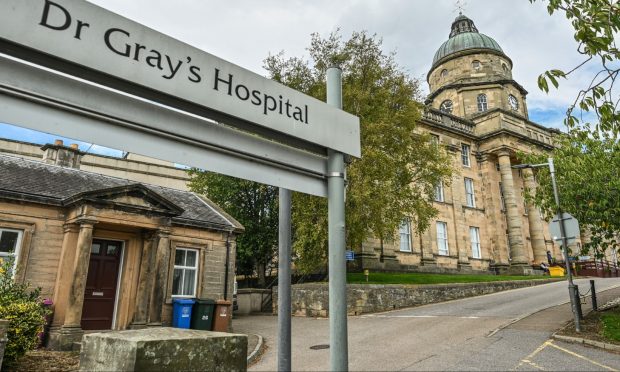

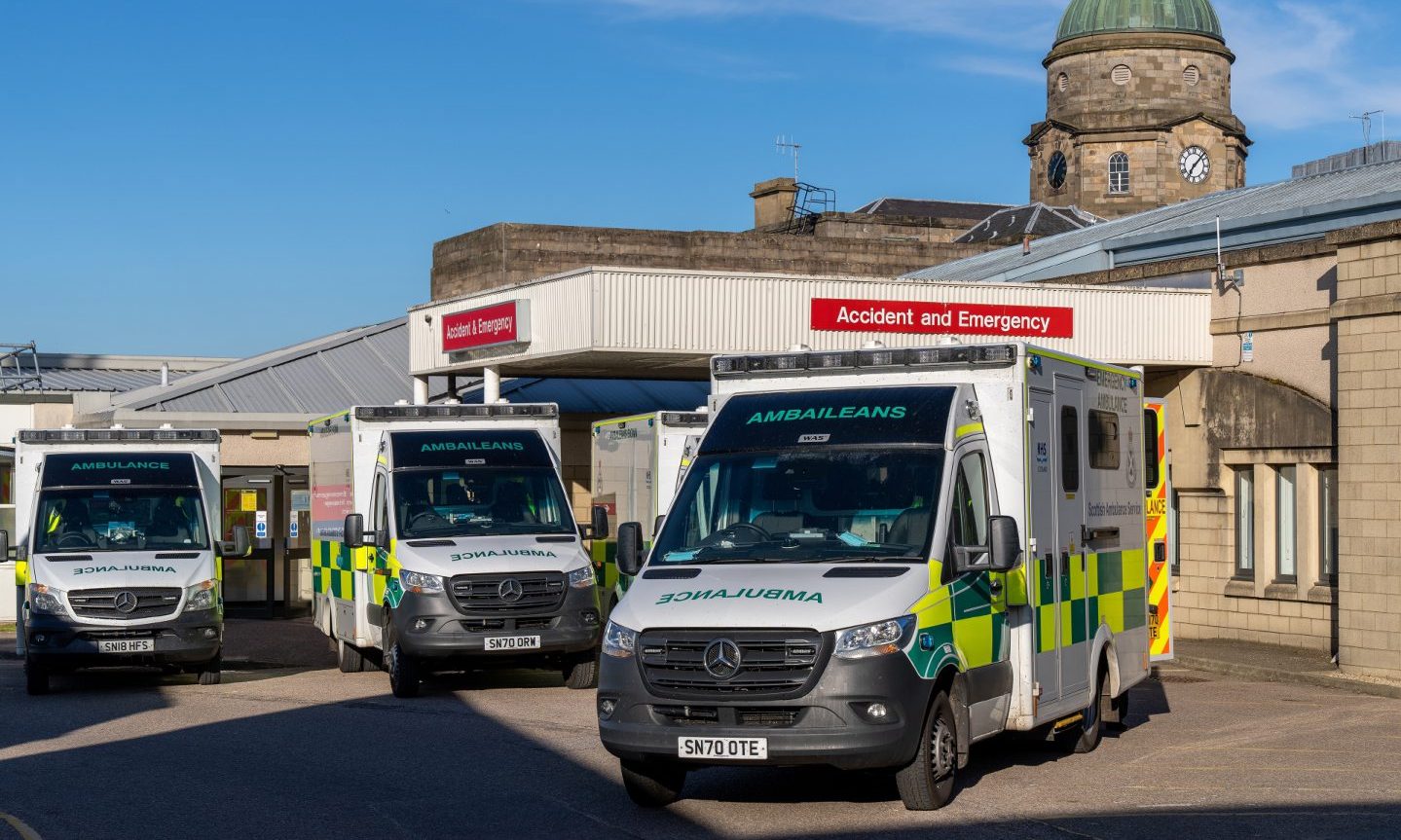
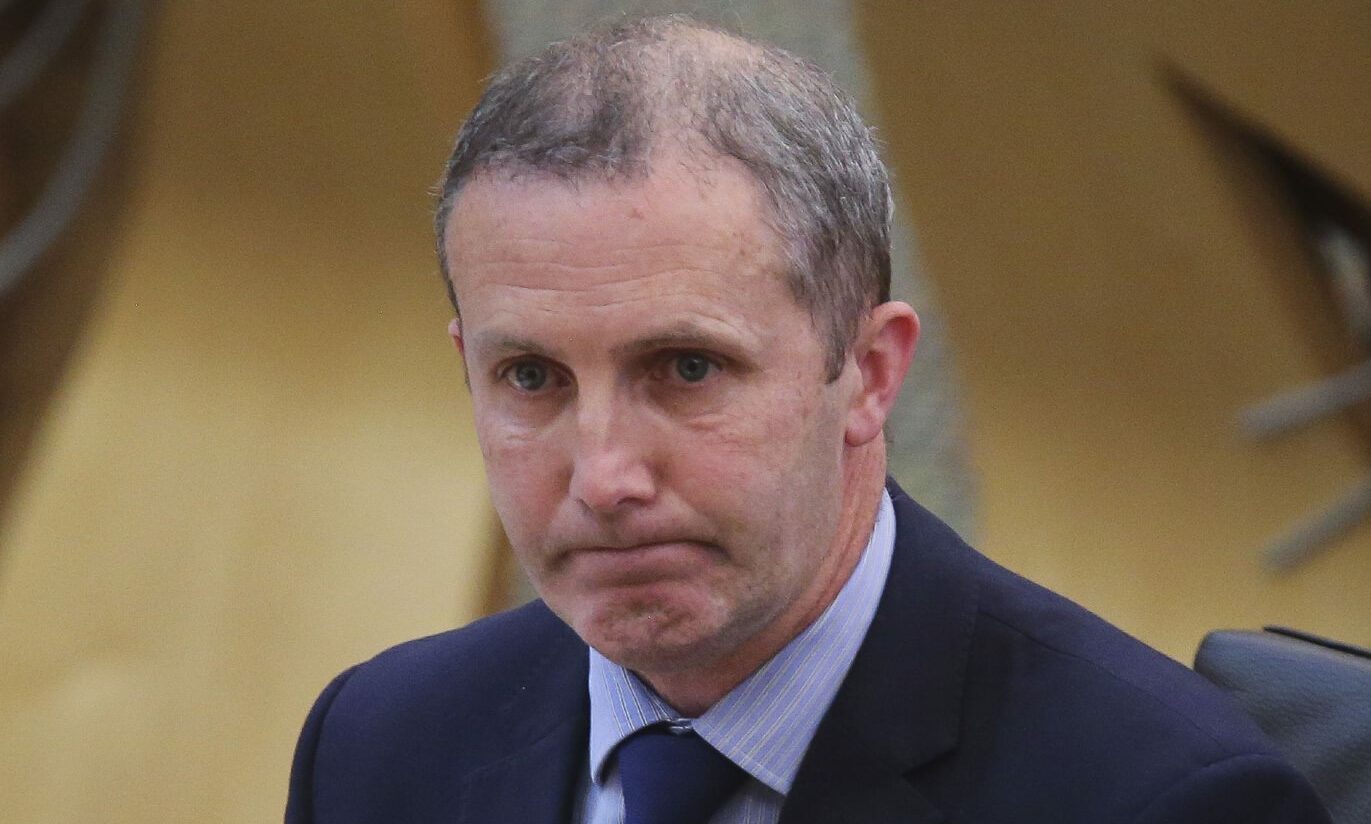




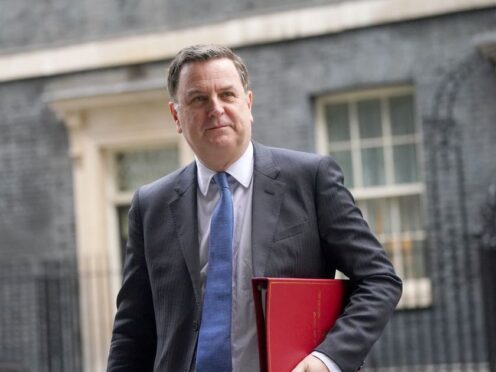

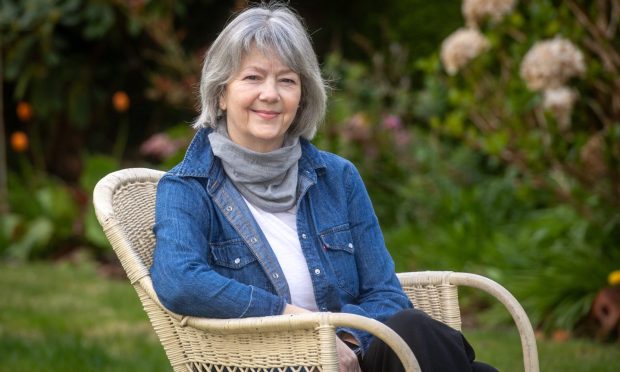
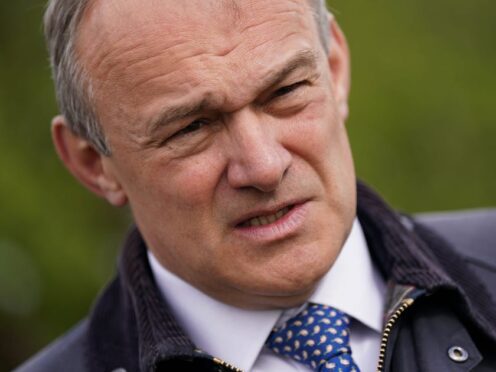


Conversation